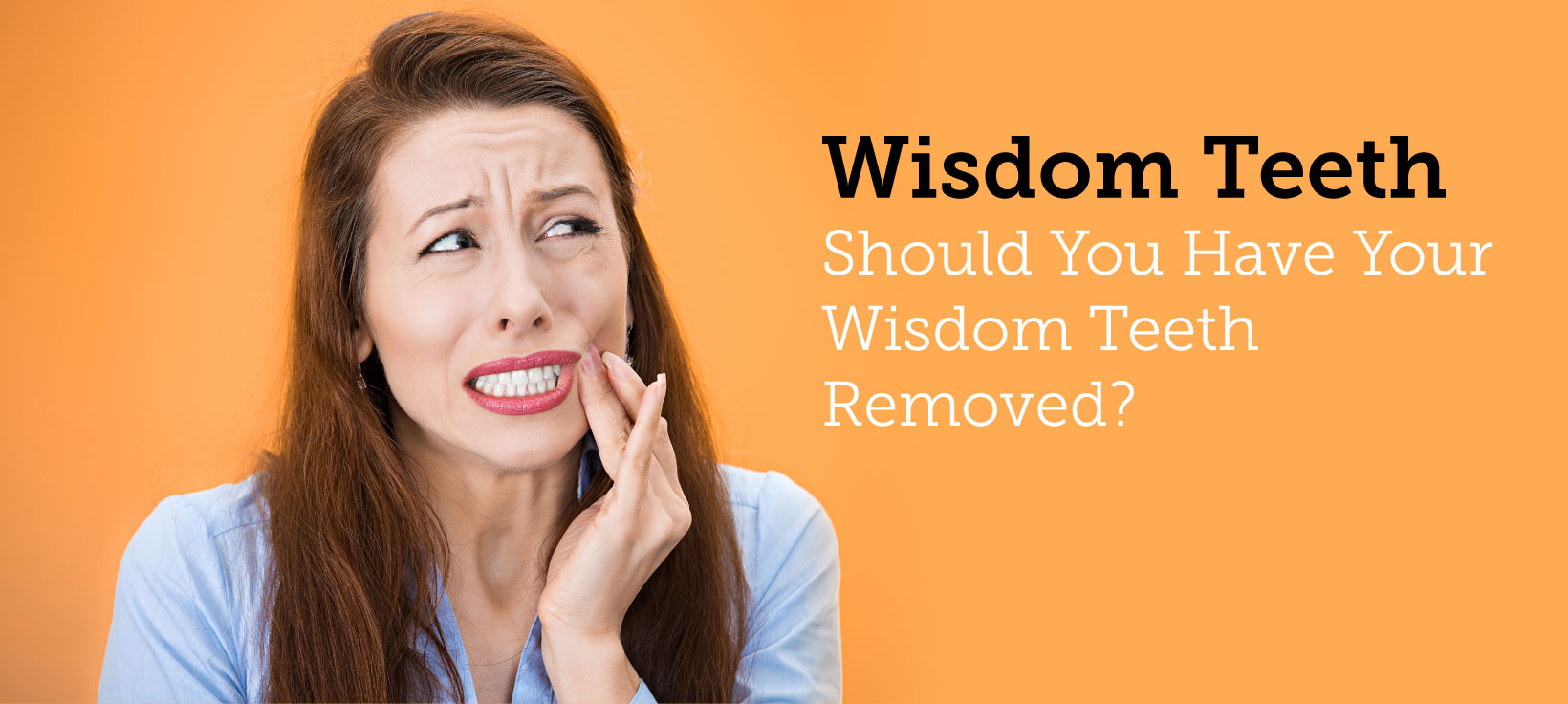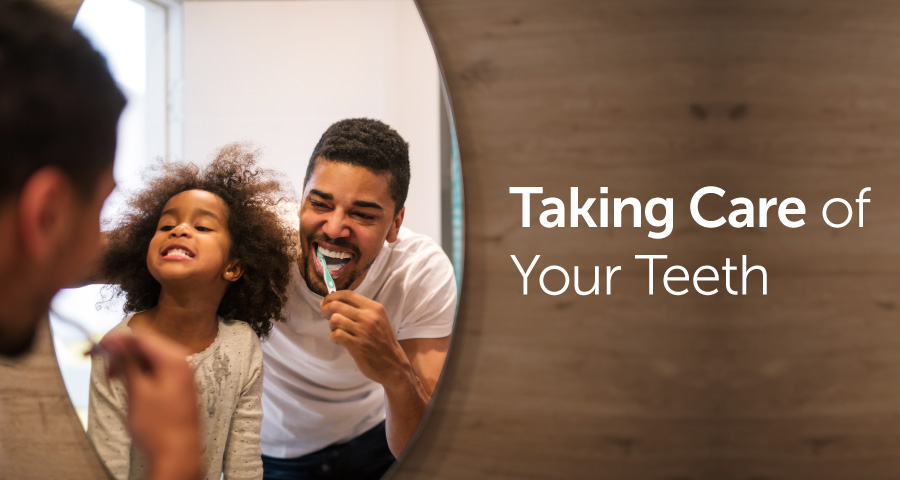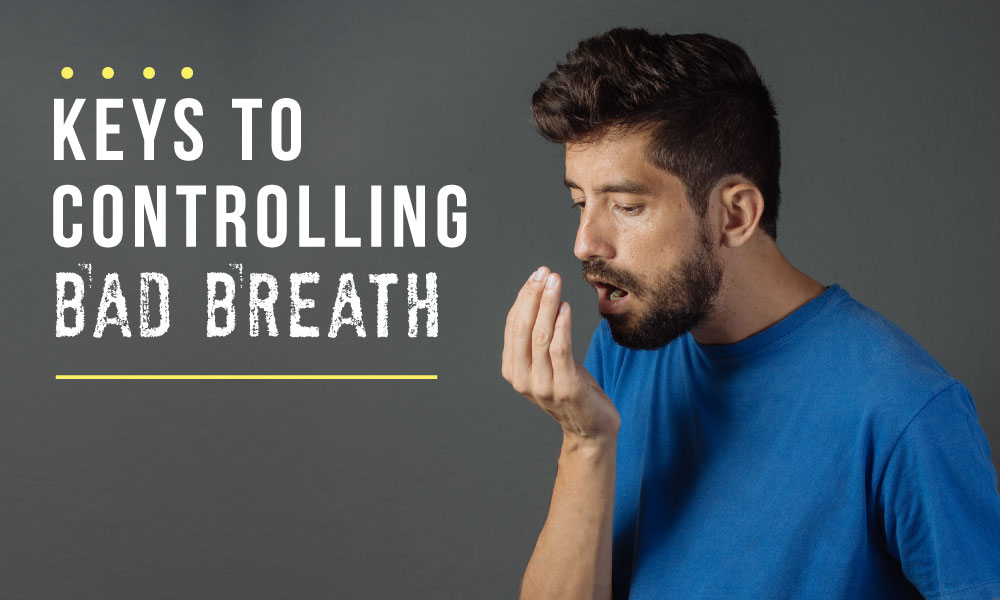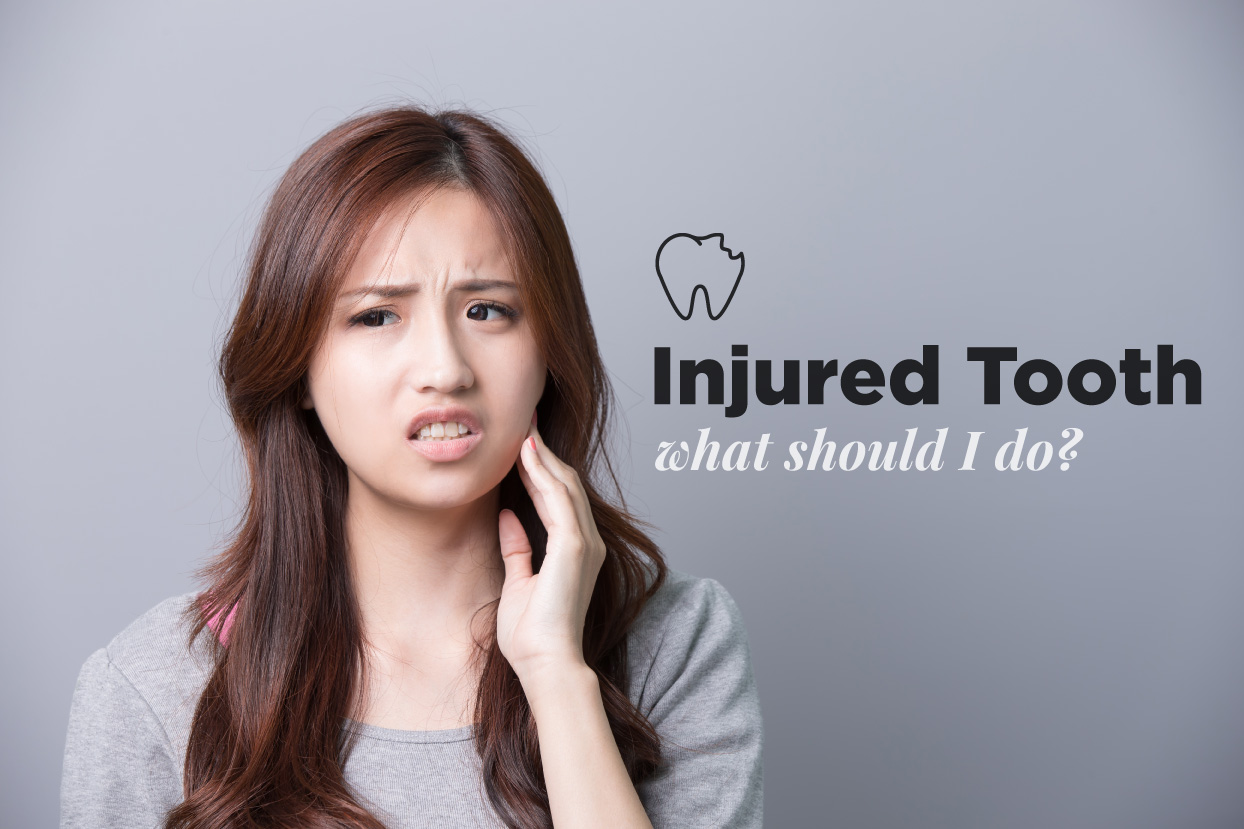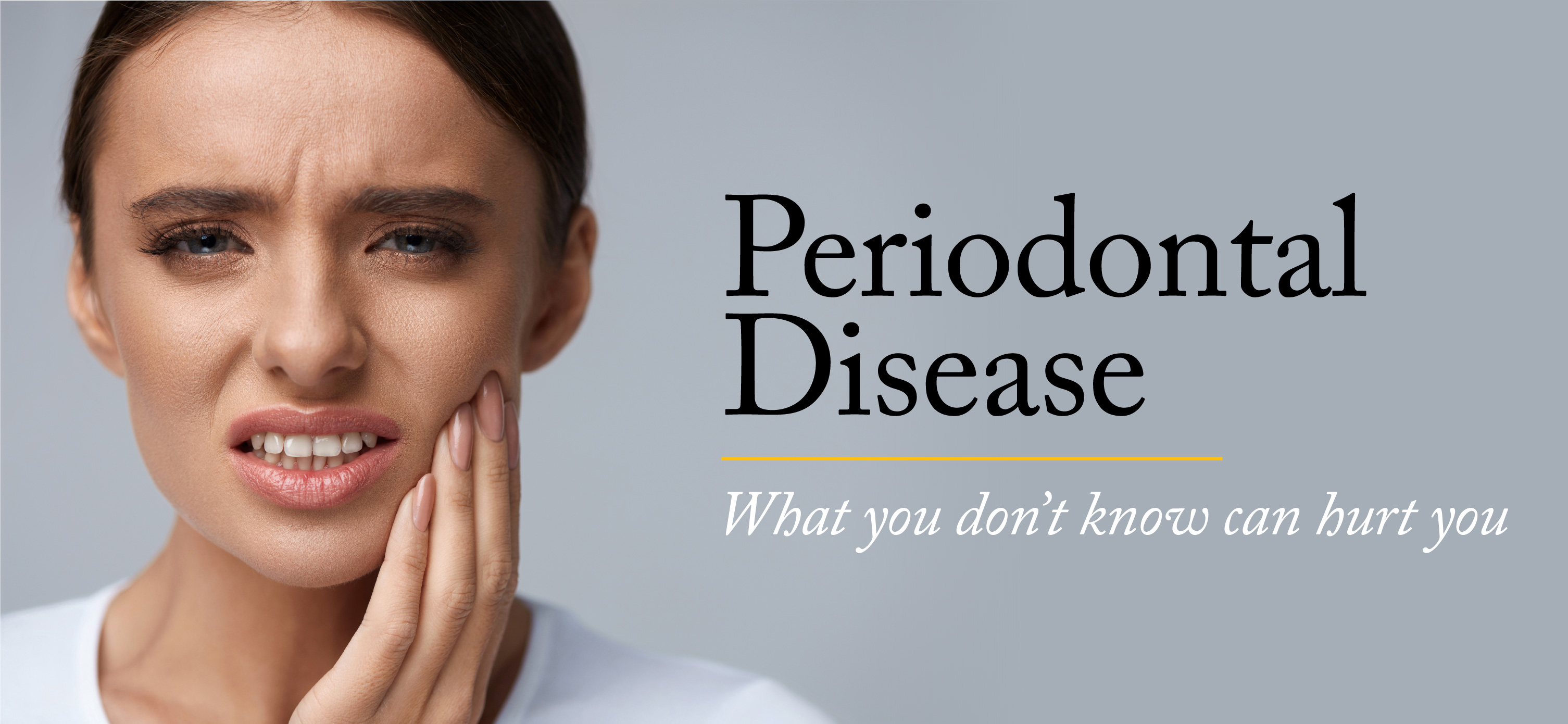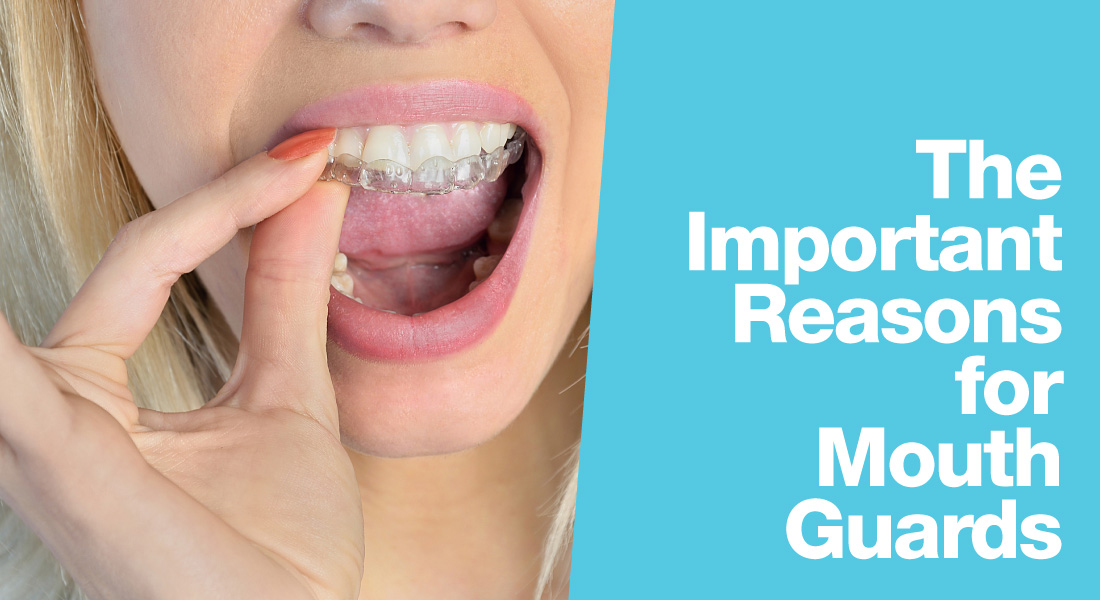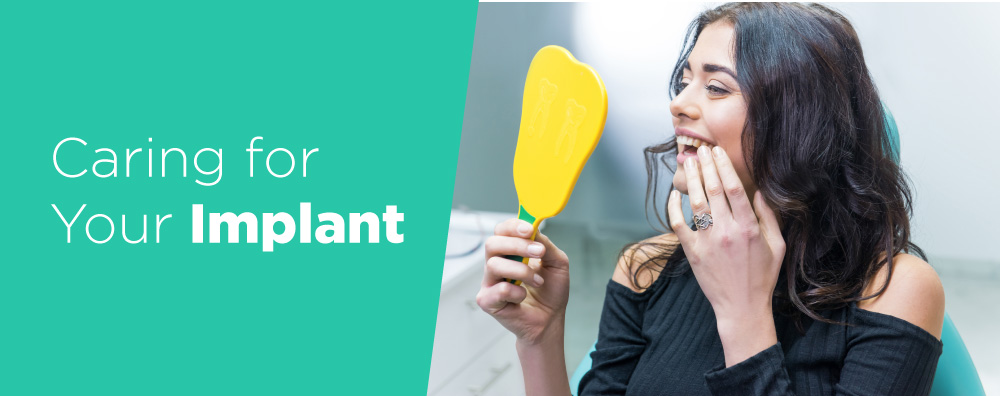
Dental implants have been used successfully for many years. Your implant should last for a very long time if you take the following points to heart.
Smoking
This is one of the greatest risks for implant-related complications. You should therefore try to quit smoking.Oral Hygiene
Thoroughly cleaning and caring for the implant during all steps of the treatment is extremely important. Careful attention to your oral hygiene every day is important for the survival of your implant.Maintenance
Visiting your dental practice for regular checkups (recalls) is just as important. You and your dental team have to decide how often these visits should take place, but they are usually at intervals of 3 to 6 months. At these visits, your implants, teeth, and gums are checked and professionally cleaned, including the areas you cannot reach at home. Professional cleaning of implants is more complex than cleaning teeth, which means that it takes longer and may require special instruments.Mucositis and peri-implantitis can develop without any obvious symptoms. This is another reason why regular checkups with your dentist are so important. Mucositis and peri-implantitis do not usually cause pain, so patients often fail to notice the development of these diseases.
- 12:24:00 PM
- 0 Comments

